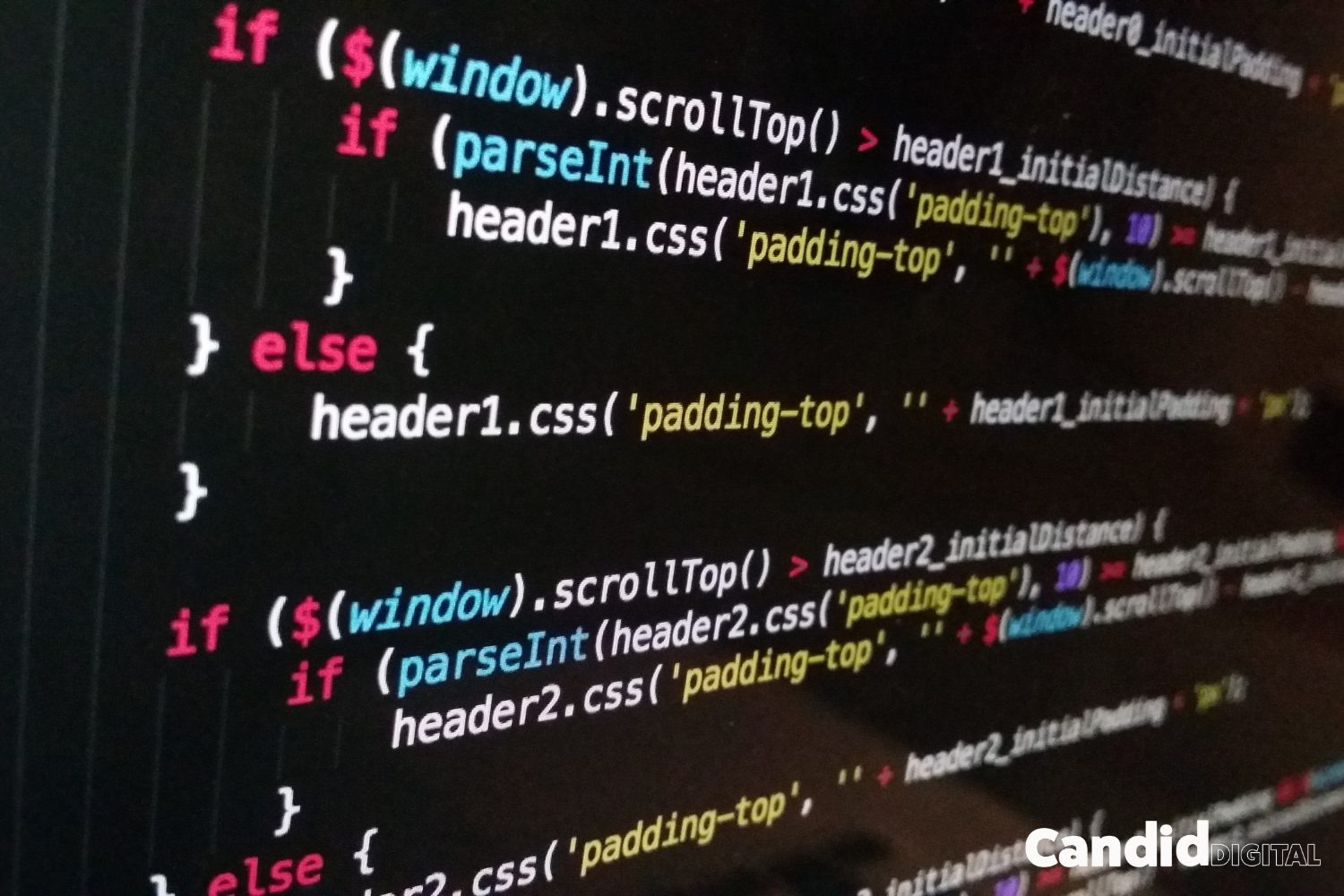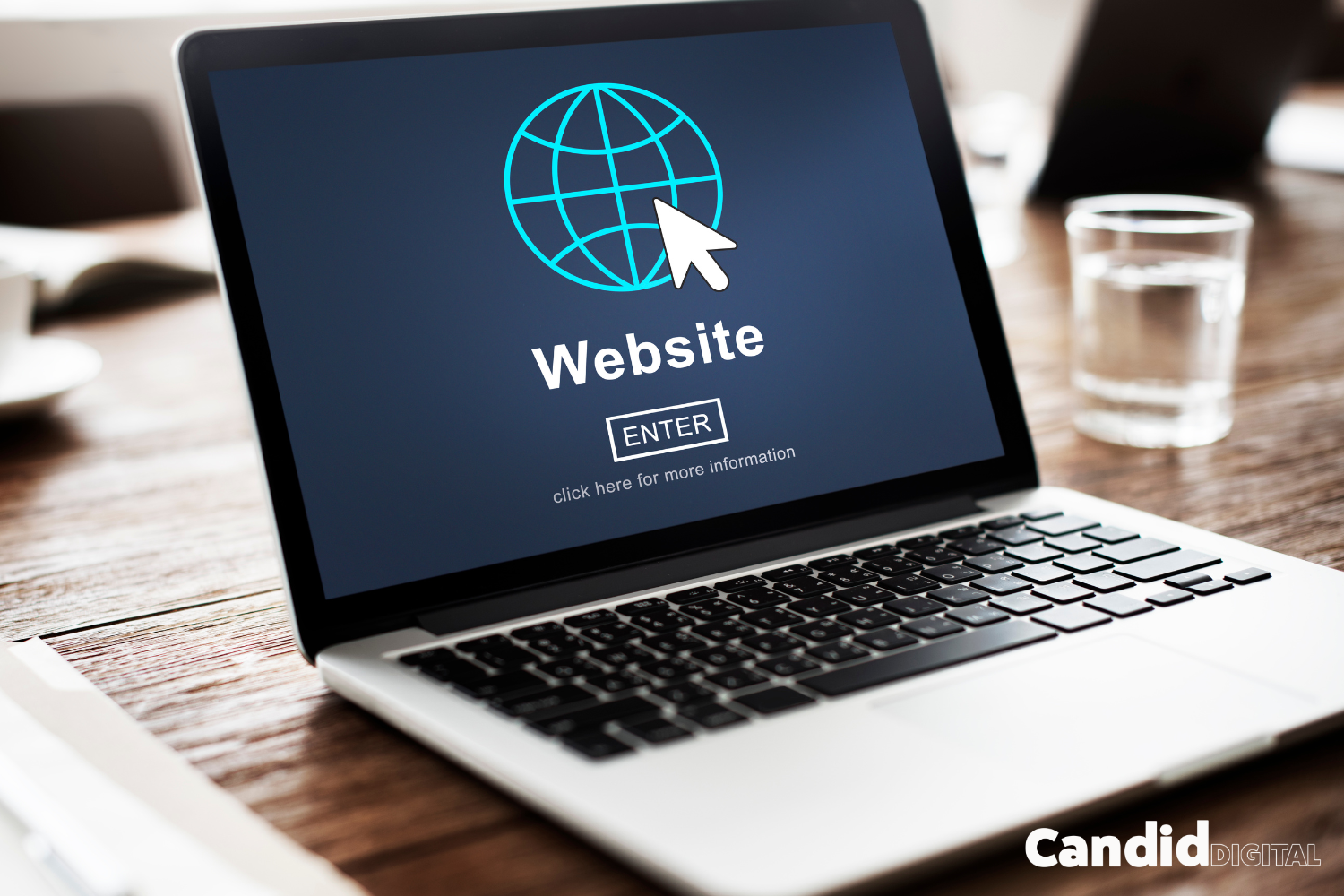June 16, 2025
The speed of your website isn’t just a technical detail—it’s a crucial factor that directly impacts user experience, bounce rate, and SEO. A slow website can frustrate visitors, leading to higher bounce rates and lower search engine rankings, which in turn impacts your business’s ability to thrive online.
At Candid Digital, we believe in helping our clients maximise their digital presence through strategic, purpose-driven solutions that make a real impact. So, let’s dive into why website speed matters and how you can optimise it to keep users engaged and boost your SEO.
When users land on a website, they expect a seamless, quick experience. According to studies, 40% of visitors abandon a website if it takes more than three seconds to load. Beyond user experience, Google and other search engines factor in website speed as part of their ranking algorithms, rewarding faster sites with higher visibility. Improving your site speed not only reduces bounce rates but also contributes to better SEO, ultimately driving more organic traffic and boosting your revenue.
Our Performance Marketing service, designed to maintain growth and long-term success, includes continuous optimisation of your website’s SEO, PPC, and other key elements that help you stay competitive. Here are some key techniques to help improve your website speed and, in turn, your SEO.

Images are often one of the biggest contributors to slow load times. By compressing and optimising images without sacrificing quality, you can significantly reduce page load time. Consider using tools like TinyPNG or ImageOptim to compress images and reduce file size. Also, leverage next-gen image formats like WebP, which provides high-quality visuals at a smaller size.
We approach image optimisation as part of a broader strategy that contributes to user engagement and improved SEO. For our clients’ Projects & Campaigns, we ensure that every visual element is optimised to support a smooth user experience.
Every element of your website code—from CSS to JavaScript to HTML—can add to load time if not properly managed. Minifying these files involves removing unnecessary characters, such as spaces and comments, to reduce file size. Tools like Minify or Uglify can automatically streamline your code, ensuring a faster, leaner website.

A Content Delivery Network (CDN) stores your website’s files across multiple servers around the world, allowing users to load content from a server that’s closest to their location. By reducing the distance between your server and your users, you can significantly reduce latency and speed up load times, which helps keep users on your site longer and improves SEO.
Caching allows certain elements of your website to be stored on a visitor’s device, so they don’t have to reload everything each time they visit. By setting up browser caching, you can drastically cut down load times for returning visitors, reducing bounce rate and increasing the chances of higher engagement. Plugins like W3 Total Cache or WP Rocket (for WordPress sites) are user-friendly ways to enable caching.

Your server’s response time can make or break your website speed. Slow server responses can often be traced back to high traffic, lack of resources, or outdated hosting. By choosing a reliable hosting provider and ensuring your server resources are well-managed, you can improve response time and, by extension, your website’s overall speed. Choosing a hosting provider can be complicated, especially with so many different packages and hosts out there. Let us handle all the boring stuff while you focus on what matters most for your business.
Each redirect on your website adds a new HTTP request, which increases load time. While some redirects are necessary, it’s important to minimise them as much as possible. Regularly auditing your site to remove or streamline redirects can make a noticeable difference in speed and user experience.

Lazy loading delays the loading of images and videos until they’re about to enter the viewport, rather than loading everything on the page upfront. This reduces initial load time, allowing users to access the main content faster and lowering the chances of them bouncing off before the page is fully loaded.
Optimising your website speed is not just about reducing bounce rate; it’s about enhancing your brand’s overall digital presence and ensuring your users feel engaged and satisfied. Faster load times contribute to better SEO, increased page views, and higher conversion rates, all of which feed into the long-term growth of your business.
At Candid Digital, we’re dedicated to crafting digital campaigns that go beyond the basics to deliver real business impact. Our team brings together strategic insight and creative innovation to build digital solutions that support your brand’s goals. We believe in moving beyond short-term wins and focusing on the big picture—helping our clients achieve lasting success in a competitive digital landscape.
Whether you’re launching a new website, creating a brand, or looking to fine-tune existing strategies, check out our services and find out how we can help you. Or, simply get in touch! We’d love to hear from you.
If you have an idea in mind, feel free to reach out by submitting the form below to schedule a discovery call with us.